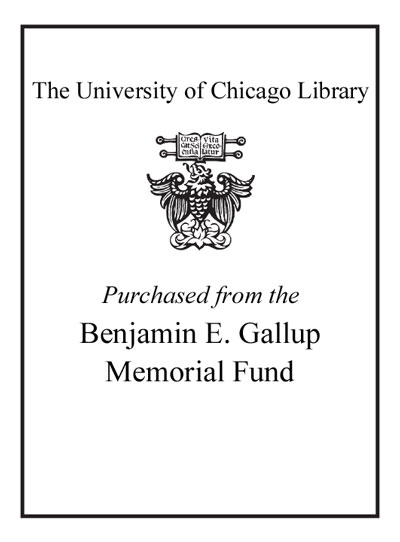Review by Booklist Review
Stansell alights upon the intellectual stew of New York, circa 1910, and the various vibrant causes then bubbling in it. She focuses on the editors, salonnieres, and journalists who shaped the tastes of the time. Because of the emphasis on individuals, the concept of modernism is the faint backdrop to Stansell's narrative, an undefined something from which emerged the advocacy of free speech, free love, birth control, suffragism, and socialism that most of her characters espoused. One of her narrative strands traces the magnetism New York exerted, drawing young intellectuals from the provinces. Illustrating this, such familiar names as Oregonians John Reed and Louise Bryant recur in Stansell's pages. What gives the book a gratifying sense of newness are its many introductions of people decamping from, say, Davenport, Iowa, to start up magazines, theater groups, and talking clubs in Greenwich Village. Their repudiation of Victorian mores was revolutionary, and the ramifications extend to the present. A significant contribution to the period's history. --Gilbert Taylor
From Booklist, Copyright (c) American Library Association. Used with permission.
Review by Publisher's Weekly Review
They were novelists, artists' models, secretaries and chess whizzes; their ranks included Alfred Stieglitz, Georgia O'Keeffe, Margaret Sanger and John Reed. A few were wealthy, many were poor, and they gathered in shabby saloons to argue about free love and Nietzsche as they plowed through mounds of spaghetti, brisket and bratwurst. In her latest book, Princeton historian Stansell (City of Women) examines the politics and cultural impact of the turn-of-the-20th-century American "bohemia." Combining newly imported European political awareness (Stansell says refugees from the 1905-1907 Russian Revolution arrived with "their saber wounds still festering") with institutionally guaranteed free speech, these New York radicals were much more open to the inclusion of Jews and women than their Old World counterparts. And even though they generally ignored black aspirations, Stansell argues that the bohemians created "the first full-bodied alternative to an established cultural elite," which undermined "the smug faith that culture was the domain of the well-born and tasteful" and dug "channels between high and low culture, outsiders and insiders." By so doing--despite their racial blinders--they made possible the cultural course of much of the 20th century: pioneering feminist ideas, helping to make New York the cultural capital of the nation and laying the groundwork for the African-American crossover that took place during the Harlem Renaissance of the 1920s. If Stansell's grasshopperish prose occasionally jumps from one topic to another, it's only because her thorough and engaging study abounds with the superabundant energy it describes. B&w photos. (May) (c) Copyright PWxyz, LLC. All rights reserved
(c) Copyright PWxyz, LLC. All rights reserved
Review by Library Journal Review
A Princeton historian on how Greenwich Village became Greenwich Village. (c) Copyright 2010. Library Journals LLC, a wholly owned subsidiary of Media Source, Inc. No redistribution permitted.
(c) Copyright Library Journals LLC, a wholly owned subsidiary of Media Source, Inc. No redistribution permitted.
Review by Booklist Review
Review by Publisher's Weekly Review
Review by Library Journal Review

